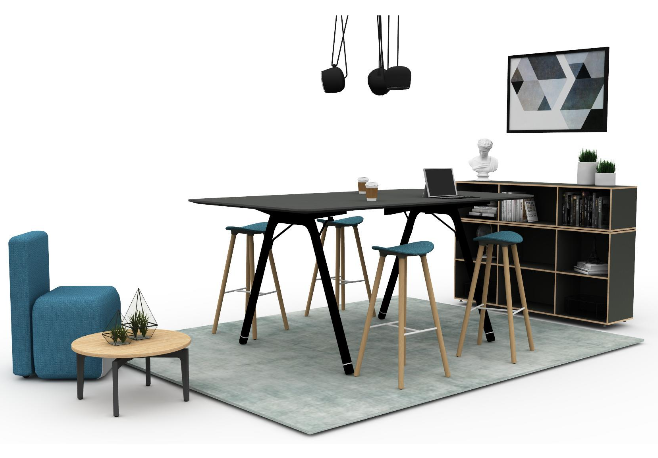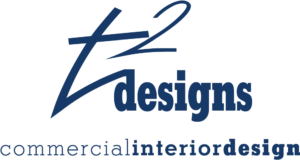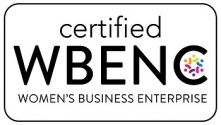Trends in Design …. Resimmercial

Resi WHAT??? Yes, you read it correctly: Resimmercial
Trends in design show “resimmercial” is a hybrid of residential and commercial, the blending of the home and work environment. While you won’t find the definition of Resimmerical in Webster’s Dictionary, if you Google it you’ll get several hits. We’ve been watching this trend emerge for several years.
Standard offices have a corporate look with neutral walls, rectilinear office furniture, panels dividing spaces, and designated lunch or break rooms only used a few hours each day. Over the past decade, as technology has provided the ability for many of us to work anywhere, people have migrated to the comfort of their homes. While home has the coffee nearby, the comfy chair or sofa, and colors that give it life and personality, it also has plenty of distractions and doesn’t encourage collaboration. As companies considered how to be more successful, increase employee engagement, and promote well being, they began looking at ways to bring people back to the office and blend the two environments to provide the best of both worlds.
Resimmercial design was born!
Gone is the conservative, clinical, boring office space, replaced by comfortable and adaptable space that feels more like home but has the amenities of the office, such as access to printers and copiers, office supplies, and co-workers. Creating space with comfort and well being in mind, leads to a more inviting space that encourages creativity and collaboration. This new space embodies a sense of community and cohesiveness for the team.
Some of the features you might see in resimmercial spaces include:
- Color that gives the space personality and life. Painted walls or fun, brightly colored chairs add a fun and personal design element.
- Warmth and softness in both materials and styles. Wood, felt, cork, and textured fabrics are common materials that make the space feel less sterile and more welcoming. Furniture with soft lines, no hard edges, and comfy seats.
- Furniture that looks like it could be in your home. While the table may look more appropriate for a dining room than a conference room, it still has all the great durability and features of furniture designed for commercial use.
- Furniture that can multi-task. The chair once used for meetings has changed to one that is comfortable while you working from your laptop or tablet, eating lunch, or collaborate with others.
- Spaces that were once dedicated to specific functions are now used in multiple ways. For example, the lunch/break room, generally only used from 11 am-2 pm, consisted of hard surface chairs and generic tables that easily wiped clean. The reinvention of this space now looks more like your typical dining or living room. Now utilized throughout the day for quick meetings over coffee, touch-down work space, collaborative meetings, and of course, lunch.
- More ‘TV’ screens. It was once frowned upon to have screens other than computer monitors on each desk. Trends in design now show screens popping up everywhere. They aren’t just at every desk and are no longer seen as a distraction or just a news feed. Now they are used to monitor company KPI’s, encourage collaboration by allowing multiple people to gather around one large screen and work together, and you will even find them streaming the current big game promoting employee engagement and happiness in the work place.
It’s a Balance
Companies are looking for the quality of a commercial space but also the warmth, comfort, and appealing sense of home. Warm materials, soft edges, residential-style furniture, and casual/collaborative/open spaces fill this need.






